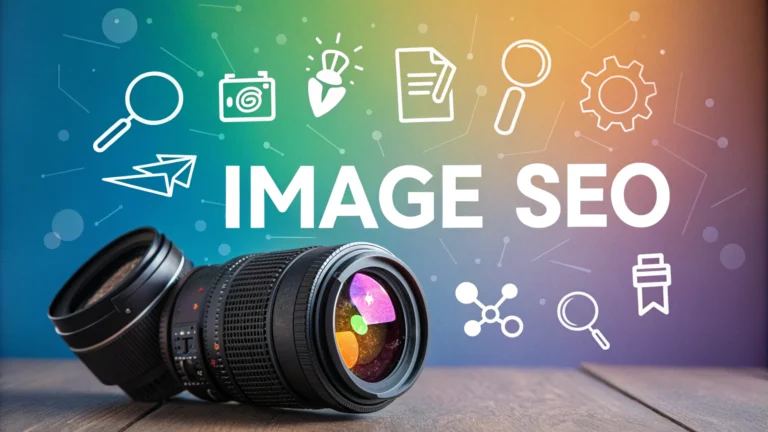Visual content dominates online communication, with images accounting for over 63% of internet traffic. Yet, most websites miss critical opportunities to optimize their visual assets for search engines and user experience. Understanding image SEO can dramatically improve your website’s visibility, loading speed, and engagement metrics.
1. Understanding Image SEO Fundamentals
Image SEO transforms visual content from passive elements into powerful search optimization tools. Search engines rely on specific signals to understand and rank images effectively.
Why Image SEO Matters
- Increases organic search visibility
- Improves website loading performance
- Enhances user engagement
- Provides additional traffic sources
Google’s image search generates millions of daily impressions, making optimization crucial for digital strategy. Properly optimized images can drive significant referral traffic.
Core Image SEO Components
- File naming conventions
- Alt text descriptions
- Image compression
- Structured metadata
2. Image File Optimization Techniques
Selecting the right file format and size directly impacts website performance and search rankings. Understanding technical nuances can transform image assets into SEO advantages.
Recommended File Formats
| Format | Best Use Case |
|---|---|
| WebP | High-quality, compressed images |
| JPEG | Photographic content |
| PNG | Graphics with transparency |
Modern browsers support advanced formats like WebP, which offer superior compression without sacrificing visual quality. Implementing these formats can significantly reduce page load times.
Compression Strategies
- Use tools like TinyPNG
- Aim for files under 200KB
- Maintain resolution above 72 DPI
3. Alt Text and Descriptive Metadata
Alt text serves multiple purposes beyond accessibility, acting as a critical SEO signal for search engines. Crafting meaningful descriptions requires strategic thinking.
Alt Text Best Practices
- Be descriptive and specific
- Include relevant keywords naturally
- Avoid keyword stuffing
- Keep descriptions concise
4. Responsive Image Implementation
Mobile traffic dominates internet usage, making responsive image design essential. Modern HTML5 techniques enable sophisticated, performance-driven solutions.
Responsive Image Techniques
- Use srcset attribute
- Implement picture element
- Create multiple image resolutions

